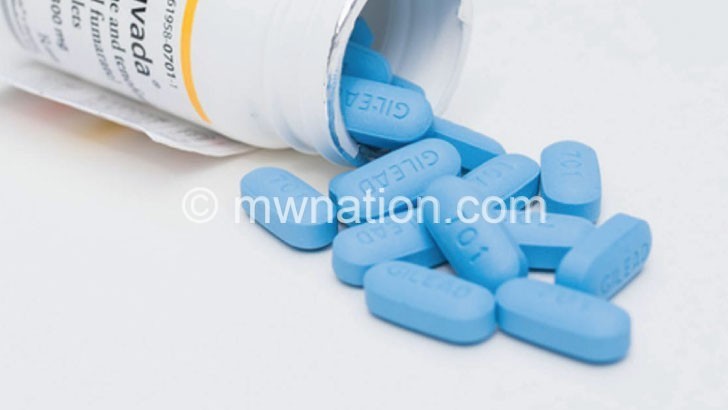Added weapon against HIV
Pre-exposure prophylaxis (PrEP), a pill comprising a combination of medicines, has proved to be highly effective in preventing HIV-negative people from acquiring the virus. In this interview, UNAaids PrEP expert ROSALIND COLEMAN unpacks the preventive drug being piloted in many countries across the world.

Q
: Can you tell us a little more about the roll-out of PrEP in low- and middle-income countries?
A
: The roll-out of PrEP in low- and middle-income countries is a mixed picture. Great progress has been made in providing PrEP in southern and eastern Africa and in some other regions, such as Thailand and now Vietnam in Asia, and Brazil in Latin America. In other countries, particularly those with a growing HIV epidemic, PrEP access is extremely difficult. There is a combination of reasons for the low PrEP provision: the cost of the programme and overall low attention to primary HIV prevention certainly play a role, as does stigma and discrimination against providing appropriate services for many of the key populations that could benefit. Insufficient knowledge of PrEP and even misinformation among potential users and PrEP providers also prevent the promotion of PrEP.
Very clear and focused planning for PrEP scale-up, as part of a comprehensive HIV prevention programme, is an essential part of reducing new HIV infections
Q
: The use of PrEP is often associated with key populations, such as sex workers, discordant couples and men who have sex with men, but can it be useful in other contexts?
A
: For a PrEP programme to be effective, PrEP has to be taken by people with a real likelihood of contracting HIV and who want to take control of reducing that possibility—often members of key populations. However, anyone in the situation of having a high prospect of HIV exposure should be able to discuss the use of PrEP and access it. This could include the HIV-negative member of a serodiscordant couple before the person living with HIV reaches viral suppression or someone with a previous diagnosis of a sexually transmitted infection [STI] where there is a high rate of untreated HIV among their sexual partners.
Remaining on PrEP while in a period of potential high HIV exposure is vital and similarly depends on a personal conviction to take PrEP, good understanding of how to use and stop PrEP and ease of access. How PrEP is messaged—this should be in a non-stigmatising and empowering way from public advertising to healthcare worker attitude—will make all the difference in effective PrEP uptake and continuation.
Q
: There has been some questioning of PrEP as contributing to the increase in STIs, including syphilis and gonorrhoea. Is there any evidence for this?
A
: The link between PrEP use and increase in other STIs beyond HIV is a hot topic! The discussion should not become a reason to reduce PrEP access, but instead should identify and encourage improved comprehensive sexual health services for prevention, identification and treatment of all STIs. A supportive and enabling discussion of STI risk and prevention should form part of PrEP provision.
The most recent systematic review confirmed that the STI rate was already high in people asking for PrEP, which is to be expected, and confirms that the people asking for PrEP are having condomless sex. Incidence of STIs is also high for people on PrEP. Whether this high incidence is due to changing sexual behaviour, or due to better detection of STIs because people are undergoing STI testing more regularly as part of a PrEP programme, is not yet resolved.
Either way, the take-home message is that the high rates of STIs that have been found among people using PrEP has identified an unmet need for STI prevention, diagnosis and treatment. In this way, the provision of PrEP is a door to the improvement of broader sexual health care and an opportunity to bring down the incidence of STIs. This is true across all populations using PrEP.
Q: So, is PrEP a game-changer in the response to HIV?
A
: There is currently a lot of attention, funds, brainpower and physical effort going towards PrEP in many settings, including research into future delivery methods (injections or the vaginal ring, for example) that could increase PrEP choice, uptake and continuation. If these efforts are linked to an improvement in all HIV service provision (primary prevention, testing and treatment) and their integration with other health services, such as sexual health and mental health care, then PrEP could have a greater impact beyond prevention of individual HIV infections. However, it is unwise to sit back and think that PrEP will change the game on its own. n





